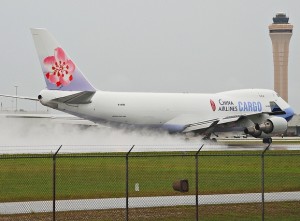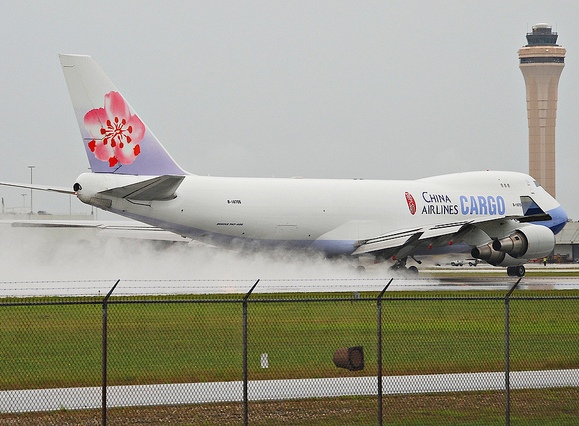 Global airfreight markets logged their smallest growth rate so far this year in May, as the industry reflected the impact of declining exports and sluggish world trade activity, latest data from the International Air Transport Association (IATA) indicates.
Global airfreight markets logged their smallest growth rate so far this year in May, as the industry reflected the impact of declining exports and sluggish world trade activity, latest data from the International Air Transport Association (IATA) indicates.
Compared to May 2014, growth in freight tonne kilometers was 2.1% this May, while capacity expanded 4.3%. On a year-to-date basis, freight volumes are up 4% on the previous year, but much of that growth was realized in the latter part of 2014.
“Cargo growth has undoubtedly come off the boil,” said Tony Tyler, IATA’s director general and CEO. “The expansion in volumes we saw in 2014 has ground to a halt, and load factors are falling.”
He added that while some economic fundamentals still point to a rebound in the second half of the year, the prevailing situation is that “business confidence is flat and export orders (are) in decline.” There is also the risk of a shock to the economic system of an exit by Greece from the Eurozone.
Carriers in most regions, except for those based in the Middle East, saw weak growth or even contractions.
Airlines in Asia-Pacific experienced slow growth as a result of poor import and export performance. Demand for these carriers rose 2.8% in May compared to May 2014, below a capacity expansion of 6.7%. At the end of the first quarter, trade volumes for emerging Asia markets were down 10% compared to the fourth quarter of 2014.
However, IATA has seen signs of improvement at the start of the second quarter that if sustained could help ease downward pressure on airfreight demand.
Airlines in North and Latin America and Europe reported that their freight business was smaller in May 2015 than in the same month of 2014.
European carriers saw demand decline by 1.3% in May, compared to a year ago while capacity grew by 2.7%. Consumer confidence remains subdued in the region, and the region is at risk of economic contagion if a disorderly “Grexit” from the Euro were to occur.
North American airlines reported a fall in demand of 2.9% year-on-year, while capacity was cut by 4.2%. The May result continues on the disappointing economic performance in the first quarter. Stronger growth, however, is expected in the coming months as the effects of poor weather and U.S. seaport congestion fade.
Meanwhile, Middle Eastern carriers saw demand grow by 18.1% on the back of increased trade within the region, as well as shippers taking advantage of the Gulf carriers’ hub strategy. Capacity expanded 19.4%.
Latin American airlines reported a fall in demand of 10.5%, while capacity grew by 4.7%. The industry remains sluggish possibly due to continued weakness in Brazil and Argentina.
African airlines experienced a 3% rise in demand and a 1.3% increase in capacity. Despite some volatility, the region is the third fastest growing for the year-to-date.
Photo: Aero Icarus





